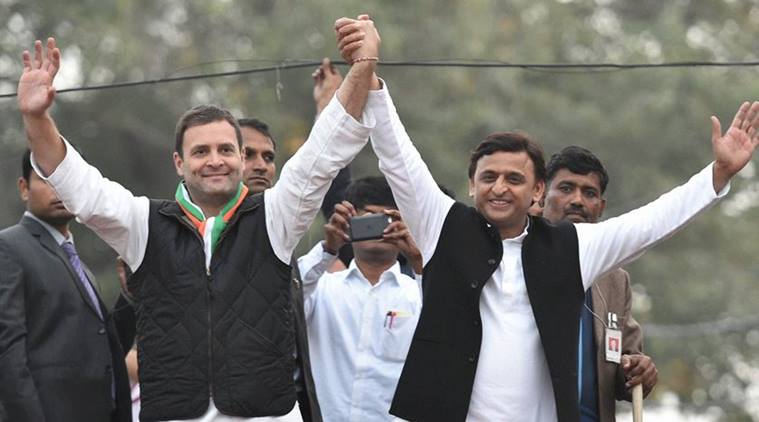‘Haraamkhor’ has an Urdu etymology, meaning, literally, “jo haram ki kamai khata hain“, roughly translating to “earning his kicks off doing something he is not supposed to be doing”, and is perhaps an apt description of a schoolteacher who feeds of minors who are left in his care. He has a history of minor abuse–his wife, visibly far younger than he is, was once his student. While his wife is busy packing the bags and leaving him after discovering his affair with a fifteen year old Sandhya, Shyam tries to emotionally blackmail her, saying “Kitna pyaar karta tha tujhse. Khud bhukha rehke breakfast khilata tha.” Ah, textbook sociopath. It’s all the victim’s fault, of course. Multiple scenes with Sandhya also point to this trait.


The scenes of his intimacy with his victim(s) (I am going to count his wife as one too) are what elicited a lot of respect from the audience. There is terrifying tenderness to the relationships, and for a moment, they can be mistaken for normal, everyday interactions that lovers have. And there lies the forgotten truth about most abusive relations. Most of them are not perpetrated by characters who look overtly sinister and villainous, and are not trying to dramatically kill their victims, like in Kahaani 2, but they engage in seemingly unremarkable, long or short term relations with their victims, perpetuating a dark web of torture, abuse and intimidation, laced with concern, professions of love and good intentions. And a lot of victims fall inevitably under the spell of their serpentine gaze, incapable of action and slipping deeper and deeper into a quagmire of sexual assault.

























